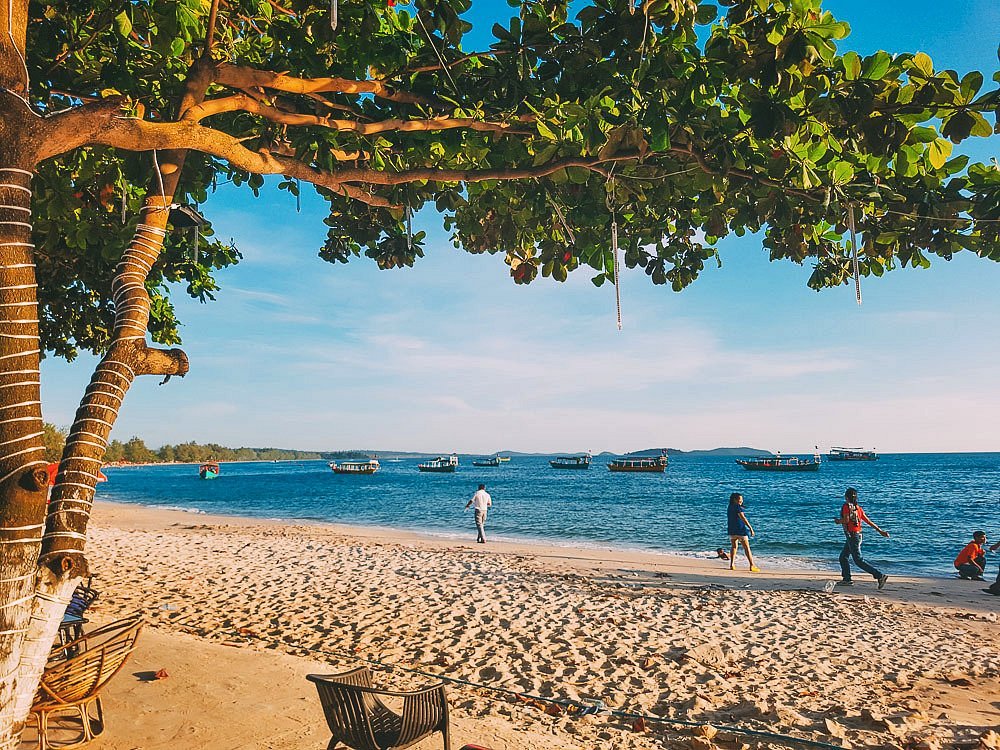

Sihanoukville, also known as Kampong Som, is a coastal city in Cambodia and has been a hub for tourists since the mid-20th century. One of the jewels of Sihanoukville is Serendipity Beach, which has played a significant part in the local tourism industry's development.
The history of tourism in Sihanoukville began in the late 1950s and 1960s when the town was established with an intention to give Cambodia its own sea port and to create a beach resort destination. Serendipity Beach, alongside other beaches in the area, became a popular retreat for the Cambodian elite, including the royal family.
The rise in tourism was halted by the onset of the Cambodian Civil War and the subsequent Khmer Rouge regime, during which time the country was largely closed off to the outside world. However, following the end of the Khmer Rouge in 1979 and the stabilization of the political landscape in the 1990s, Cambodia reopened to tourism, and Serendipity Beach slowly began to regain its popularity among backpackers and other travelers.
By the early 2000s, Serendipity Beach had become a well-known spot on the backpacker trail due to its beautiful sandy beaches, relaxed atmosphere, and affordable accommodation. Sihanoukville, on the whole, experienced a surge in visitors during this period, spurring the development of guesthouses, bars, and restaurants along the waterfront.
Up to the early 2010s, Serendipity Beach remained a laid-back beach destination. However, the recent period has seen a shift due to significant investment in the area, leading to the construction of large hotels and casinos. The beach has become more commercialized, catering to a broader range of tourists, including those from other parts of Asia. This has led to a significant increase in visitor numbers and has changed the nature of tourism in Sihanoukville dramatically.
In recent years, the Cambodian government has aimed to transform Sihanoukville into a luxury resort destination, which has led to a construction boom throughout the city. While this results in more upscale tourism, it has also raised concerns about sustainable development and environmental impact.
The area is now seeing an influx of high-end travelers as well as a sharp rise in domestic tourists. Nevertheless, long-time visitors have noted the disappearing laid-back charm of Serendipity Beach due to rapid development. As tourism trends shift towards sustainable and eco-friendly practices globally, Sihanoukville faces the challenge of balancing development with environmental stewardship and retaining the natural beauty that originally drew visitors to Serendipity Beach.
As the world moves forward from the impact of the COVID-19 pandemic, which has seen a global decrease in tourism activity, Serendity Beach and Sihanoukville will likely pivot to adapt to the changing demands of the tourism industry. There is a growing interest in responsible tourism practices, and this could shape the way in which the city and Serendipity Beach develop in the future.
In summary, Serendipity Beach has an intricate tourism history, evolving from a quiet local retreat to a bustling tourist hotspot. Its future remains a canvas for potential sustainable tourism models that could ensure the beauty and allure of this tropical destination is preserved for generations to come.